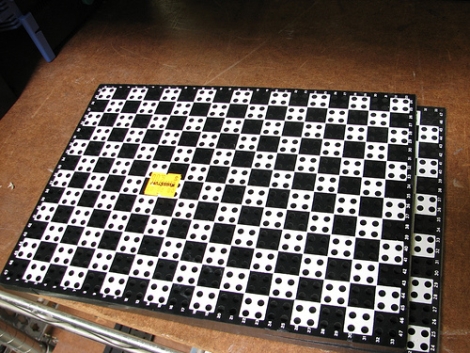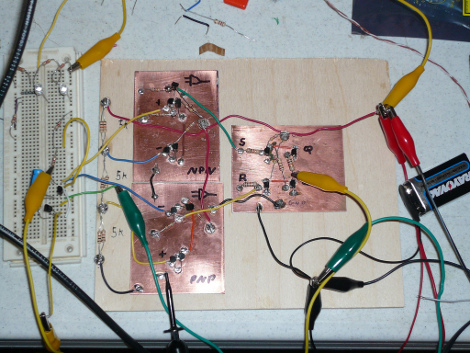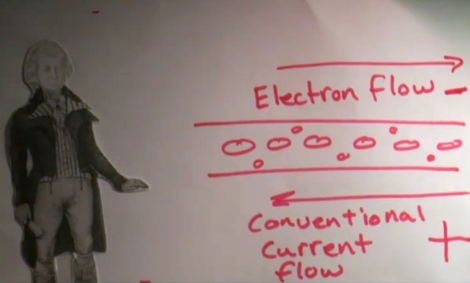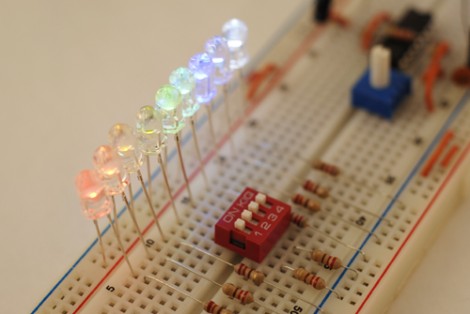
[Windell] over at Evil Mad Scientist Laboratories has reached out in order to help them identify a mystery piece of electronics equipment they came across a few years ago. Discovered at an electronics surplus store, the mystery component looks like a cross between an over-sized chess board and a breadboard. Failing to identify it they eventually disposed of the board, snapping a couple of pictures for good measure before it was gone for good.
Recently while visiting a local electronics flea market, they came across what looked to be a similar, though much smaller board. This piqued their curiosity and compelled them to dig out the pictures of the mystery board in hopes of finally discovering what it was. Using markings on the new board they found, the team at EMSL located some images of a patchboard cartridge that looked quite similar to their mystery object. Upon closer inspection however, they think that the two pieces might be related, but are not quite the same item.
Swing by their site and chime in if you happen to have any good leads – we’re sure they will appreciate it.














